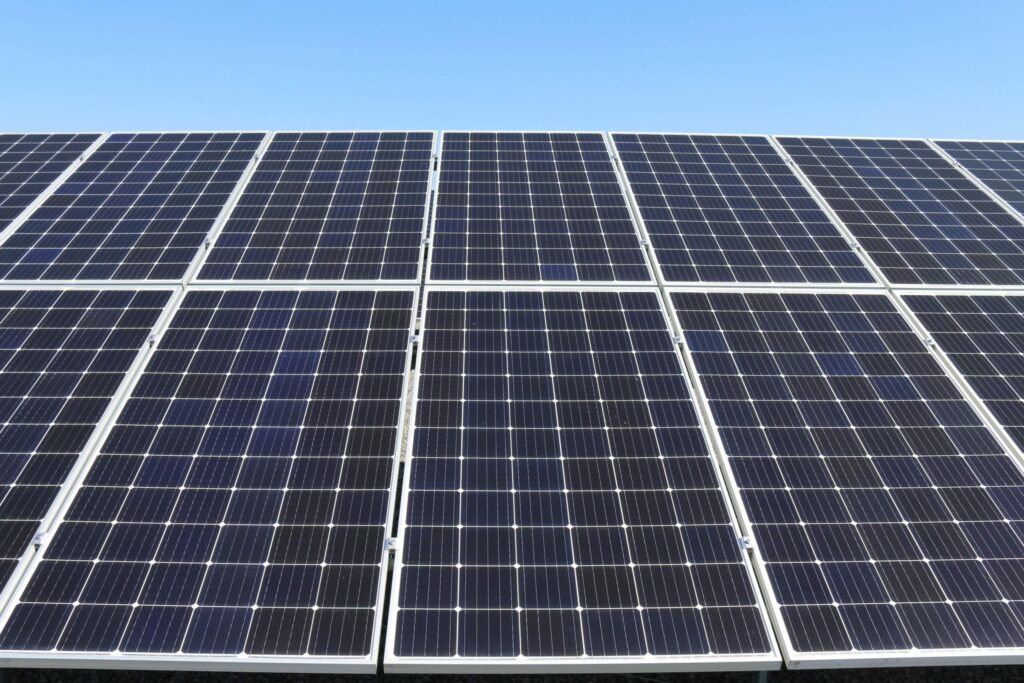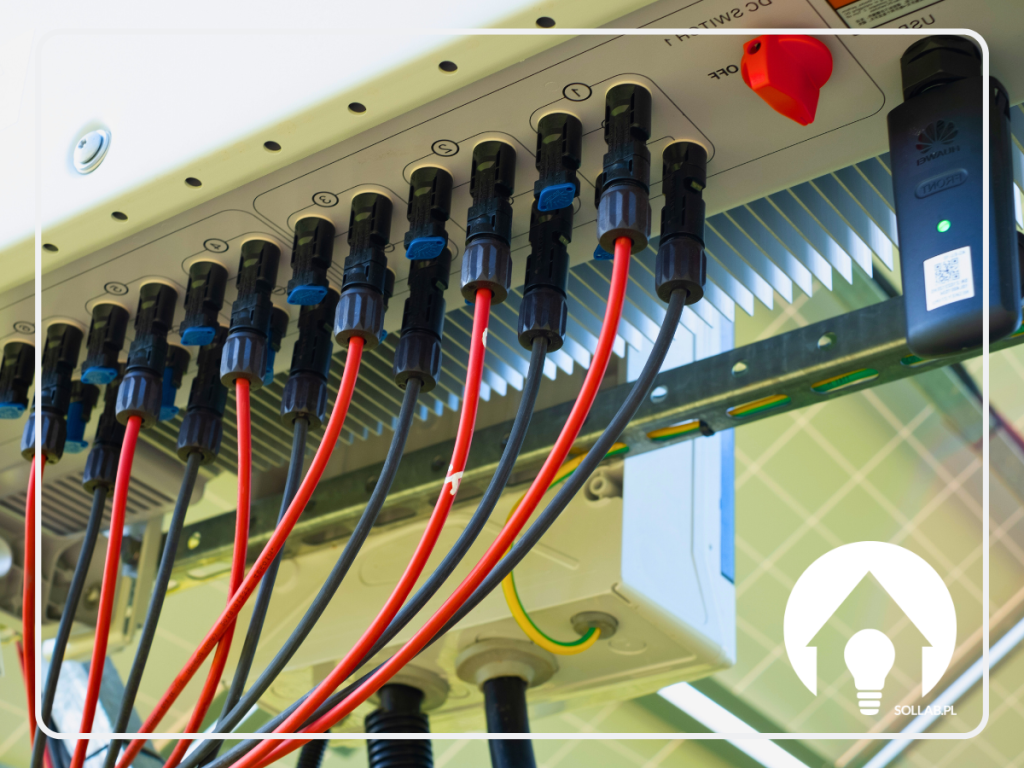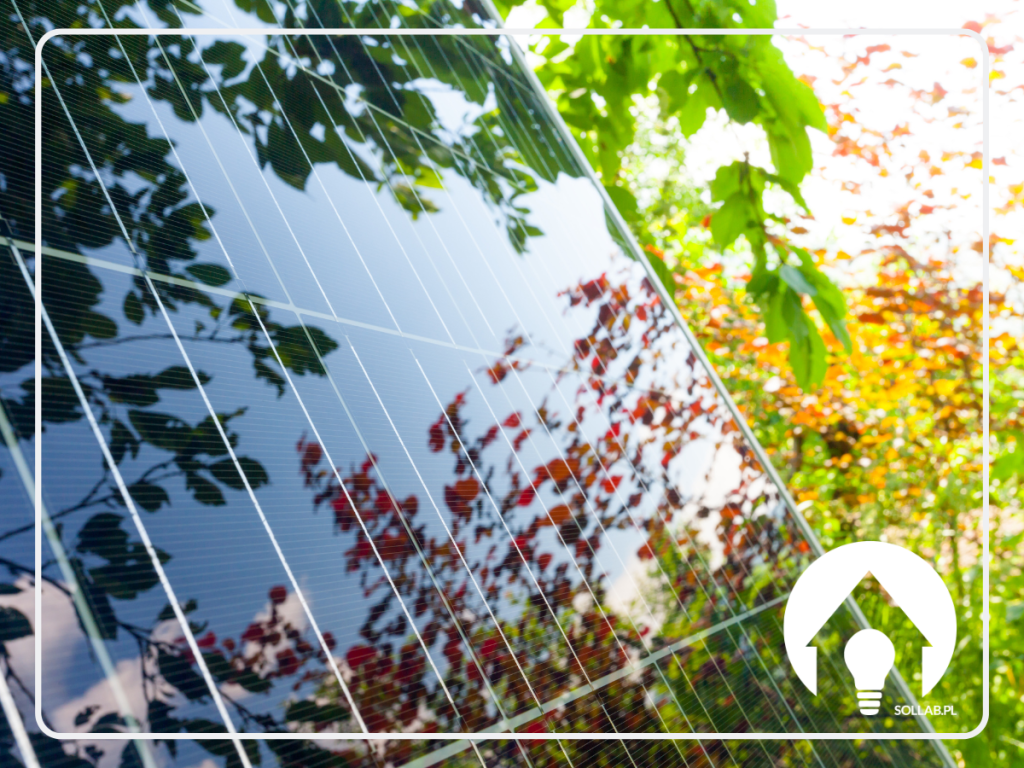Panels allow you to continuously reduce your energy bills. However, a natural question for first-time users is - how does photovoltaics work in winter?
Performance of photovoltaic panels in Poland
Many customers believe that solar panels produce more energy on a hot sunny day than on a cold sunny day. Which is not entirely necessarily true. Solar panels need light to generate electricity. The decisive factor when it comes to their efficiency is therefore the number of days of sunshine. In this respect, are photovoltaic panels viable in Poland? It is assumed that in our country only about one sixth of the year are sunny days. The first problem that immediately strikes is the shorter daylight.
The fact that the sunlight is shorter during the day raises fears that the efficiency of the panels will decrease. In fact, this fear is justified, as the overall drop in solar cell efficiency can be almost 2 times. A solution to this problem exists, although it will require additional investment. One way is to purchase and install an additional electricity storage battery. This means that the essence is to store as much energy as possible during the day.
Correct installation of the panels is equally important. They must be mounted so that the light-collecting surface is, as far as possible, under the sun. The efficiency of photovoltaic panels in Poland also depends on geographical location. In the south of the country they will operate on average 10% more efficiently than in the north.
But don't be discouraged, even though the insolation in Poland will always be less than in our southern neighbours, it still pays to install photovoltaic panels. It is always possible to optimise the efficiency of photovoltaics to make it a good investment, even under our Polish weather conditions.
Photovoltaics in winter - snowfall
The second problem facing photovoltaics in winter is snowfall. It is clear that solar panels in winter are quite often respectively under a layer of snow. Hence the drop in efficiency. In addition, when there is a heavy frost, snow builds up, causing ice to form. This does not have the best effect on the equipment, although in general a high-quality panel can withstand frosts of up to -40C. This problem can also be solved. The user will simply have to clean the working surfaces of the solar panels of snow on a regular basis. Therefore, compatibility with the inclination angle will play a good role here, as the cleaning process will be easier and more convenient.

















